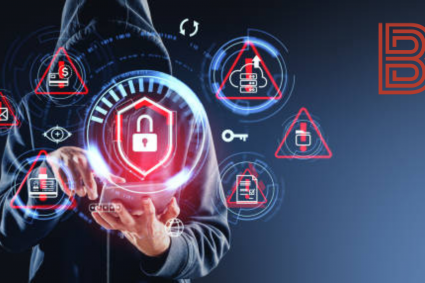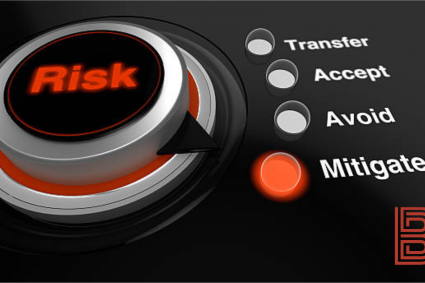
In today’s digital era, deepfake technology has rapidly evolved, posing significant risks to individuals, businesses, and governments. Deepfakes, which involve the manipulation of audio, video, or images using artificial intelligence (AI) to create hyper-realistic yet fake content, have introduced new challenges in the realm of cybersecurity and risk management.
The Growing Threat of Deepfake Scams
Deepfake scams are particularly insidious because they can be used to deceive individuals and organizations on a massive scale. Cybercriminals can use this technology to impersonate executives, employees, or even public figures, often with the goal of committing financial fraud, manipulating public opinion, or stealing sensitive information. For instance, in one reported case, a CEO was tricked into transferring a large sum of money after receiving what appeared to be a legitimate call from his boss—a call that was actually a deepfake of his voice.
This growing threat is exacerbated by the increasing sophistication of deepfake technology. As it becomes more accessible, the potential for its misuse expands, making it easier for bad actors to create convincing forgeries that can evade traditional security measures. The impact on businesses can be devastating, leading to financial loss, reputational damage, and even legal repercussions.
Risk Management Challenges
The emergence of deepfake scams presents new challenges for risk management. Traditional approaches to fraud detection and identity verification may not be sufficient in identifying deepfake content. The ability of deepfakes to mimic voice, facial expressions, and even mannerisms with high precision makes it difficult for individuals and automated systems to distinguish between real and fake.
Moreover, deepfakes can undermine trust in digital communications, which are foundational to modern business operations. If stakeholders—whether employees, customers, or partners—lose confidence in the authenticity of digital interactions, it could disrupt business processes and lead to a loss of competitive advantage.
Prevention and Mitigation Strategies
To mitigate the risks associated with deepfake scams, organizations must adopt a proactive approach. This begins with raising awareness about the dangers of deepfakes among employees, particularly those in positions that could be targeted, such as finance or human resources. Training programs should emphasize the importance of verifying unusual or suspicious requests through multiple channels.
In addition to education, leveraging technology is crucial in the fight against deepfakes. Advanced AI-based detection tools are being developed to identify anomalies in audio, video, and image files that may indicate manipulation. These tools can serve as a first line of defense, helping to filter out potentially fraudulent content before it reaches its intended target.
Furthermore, organizations should consider updating their verification processes. Implementing multi-factor authentication (MFA) and requiring secondary approvals for significant transactions can reduce the likelihood of a successful deepfake scam. In cases where deepfakes are suspected, having clear escalation protocols and response plans in place is essential to mitigate damage.
Legal and Ethical Considerations
The legal landscape surrounding deepfakes is still evolving, but organizations must stay informed about regulations that may impact their operations. This includes understanding data protection laws, which may require the secure handling of personal information that could be used in deepfake creation.
Ethically, companies should also consider their role in preventing the spread of deepfake technology. This might involve participating in industry initiatives to develop standards for deepfake detection or advocating for stronger legal frameworks to deter their misuse.
Summary
The rise of deepfake scams represents a significant and growing threat to risk management. As technology continues to advance, the potential for deepfakes to cause harm will only increase. By staying informed, investing in detection and prevention technologies, and fostering a culture of vigilance, organizations can better protect themselves against this emerging threat.




















